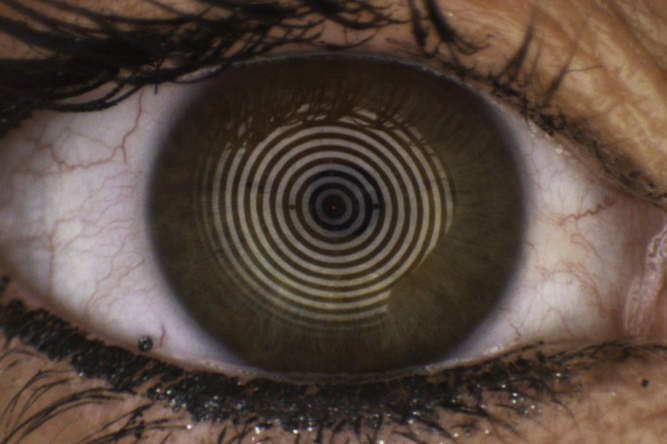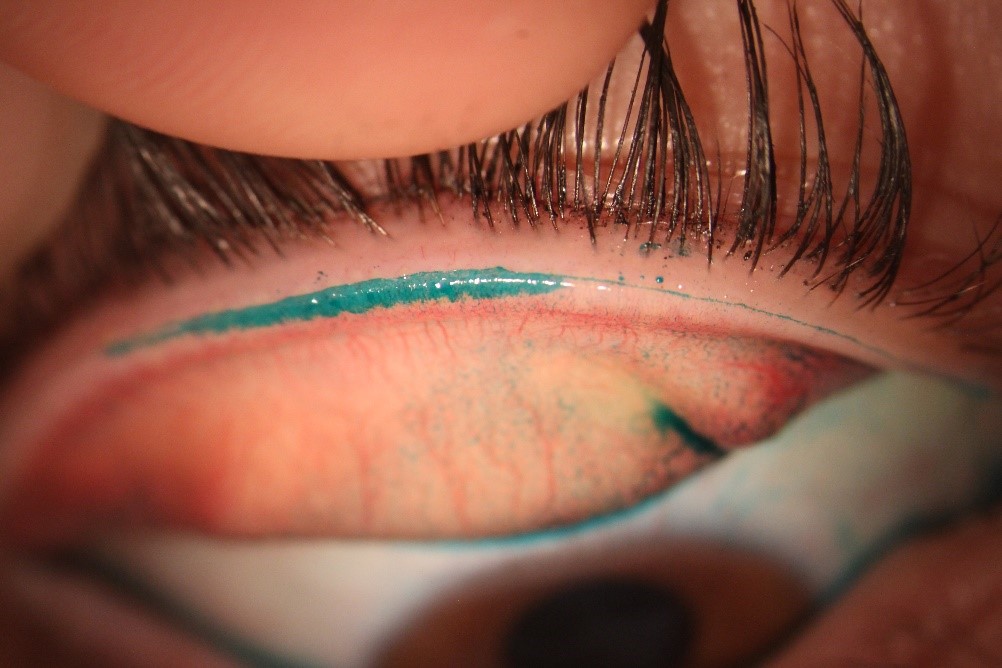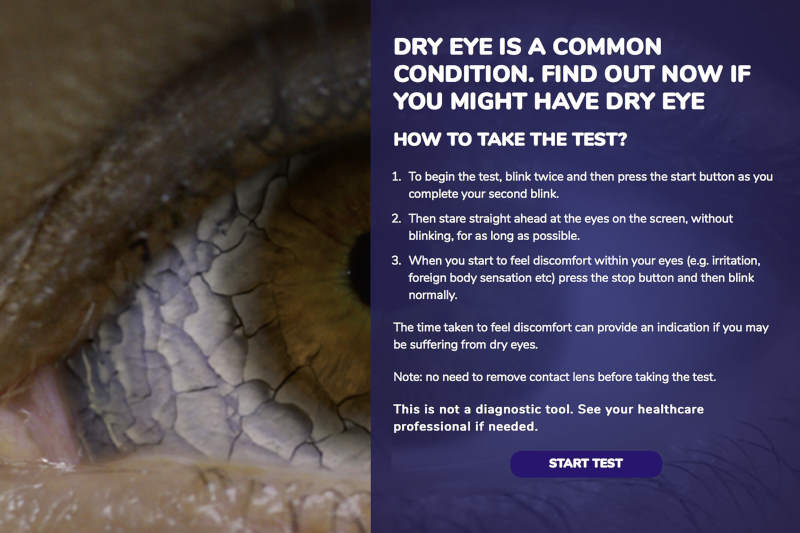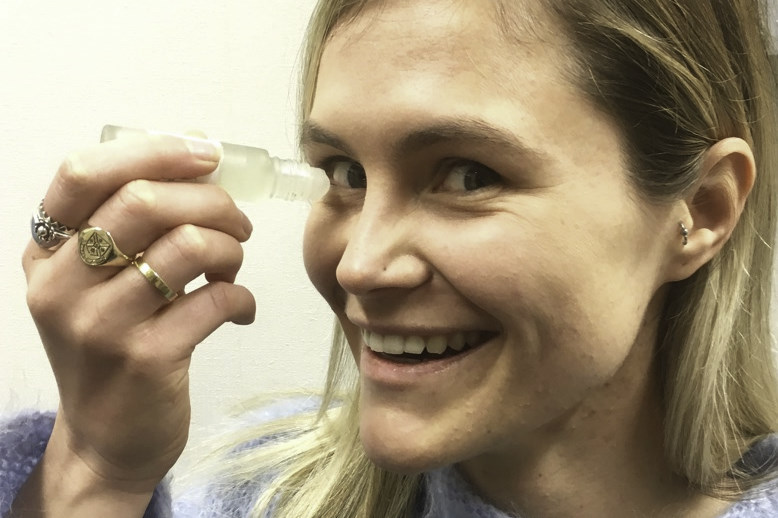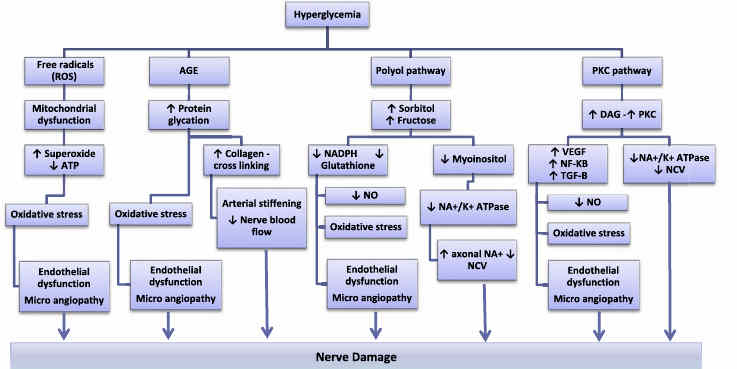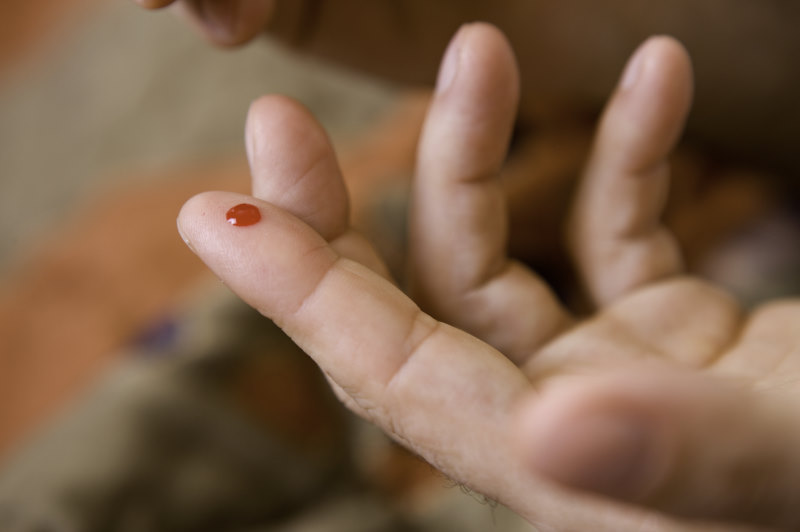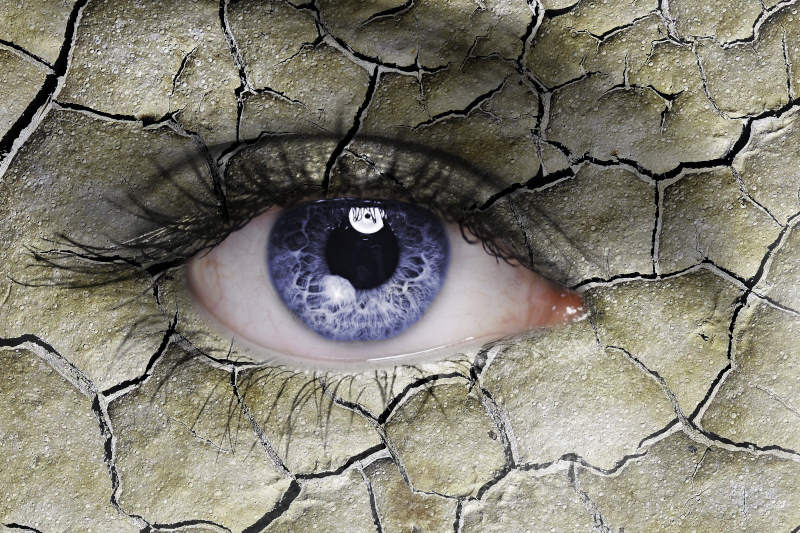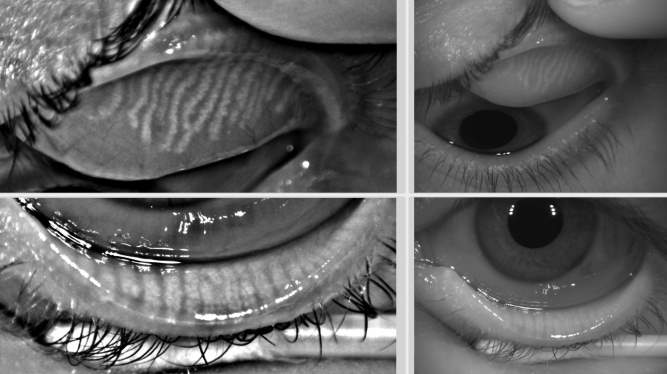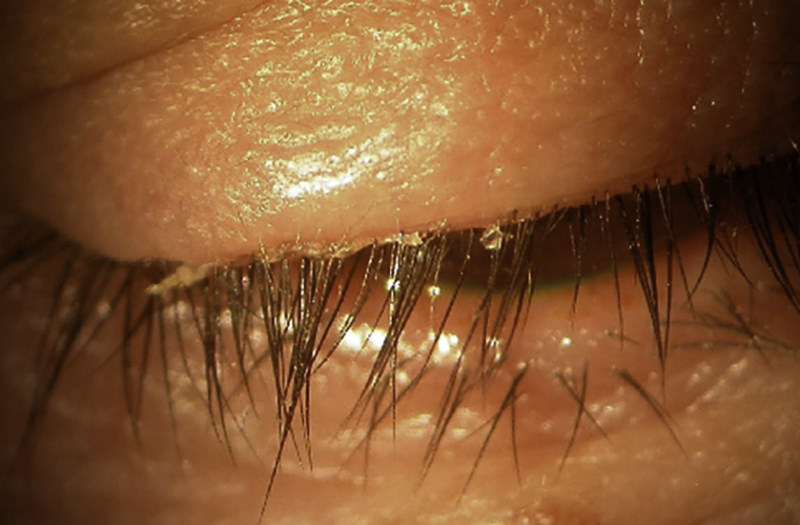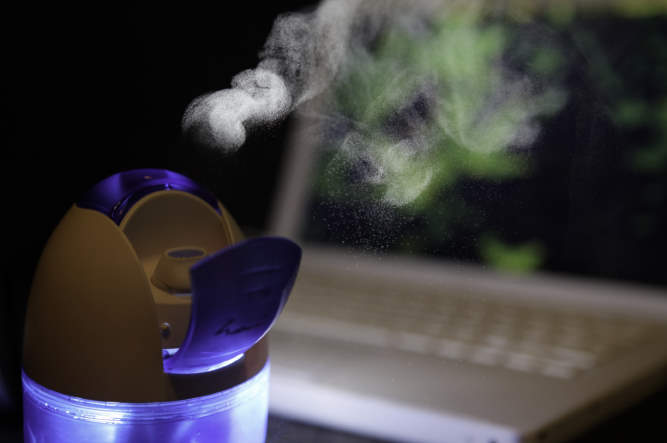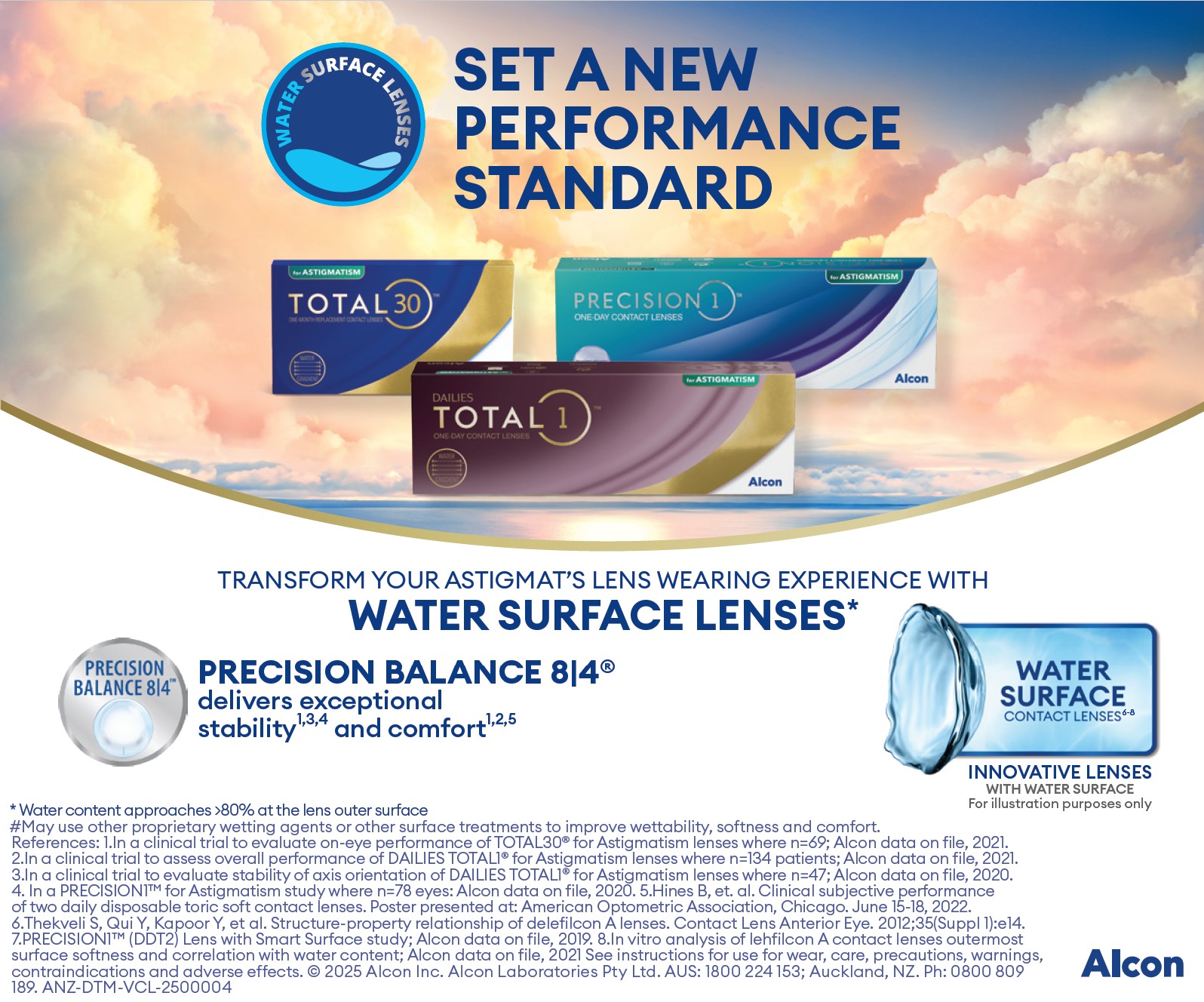Cosmetics and the tear film
Eye cosmetics are widely used by mostly female populations of all age groups globally for religious, cultural and cosmetic purposes. The literature surrounding the effects of eye cosmetics on tear film quality and dry eye disease was assessed by a recent review conducted by University of Auckland Ocular Surface Laboratory (OSL) researchers.
Consistent evidence, both cross-sectional and prospective, was identified for the migration of cosmetic products across the eyelid margin and into the tear film. This compromises the quality of the surface lipid layer of the tear film and predisposes towards tear film instability and dry eye symptoms. Multiple adverse effects and complications associated with eye cosmetic wear have also been reported, raising the possibility that tear film contamination with cosmetic products may be associated with ocular surface inflammatory responses, which can contribute to further predisposition towards the development of dry eye disease. Prospective studies have also shown that eyeliner application at the inner eyelash line, known as ‘tightlining’, results in a higher degree of tear film contamination and ocular discomfort than application to the outer periocular skin.
Finally, a recently published investigator-masked randomised trial of 50 participants, conducted by OSL, also demonstrated that eye cosmetic wear may have the potential to compromise the efficacy of topical lipid-based dry eye treatments.
References
Wang MT, Craig JP. Investigating the effect of eye cosmetics on the tear film: current insights. Clinical Optometry. 2018;10:33-40.
Wang MT, Cho ISH, Jung SH, Craig JP. Effect of lipid-based dry eye supplements on the tear film in wearers of eye cosmetics. Contact Lens Anterior Eye. 2017;40(4):236-241.










